Jigging for zander in autumn
Autumn is the time for spinning. Of all the variety of predators both on the river and on the reservoir, pike perch is of the greatest sporting interest. Finding this fish and giving it the right bait is not so easy. There are quite a few spinningists who have caught more than a dozen pikes, but they have never been lucky enough to pull out pike perch. How to catch a pike perch in the fall for a jig?
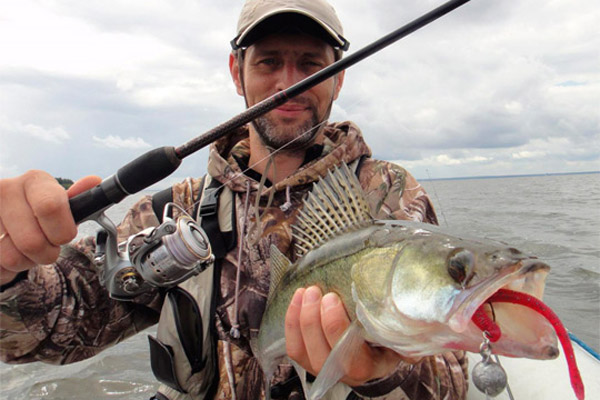
Content
The specifics of catching zander on a jig in the fall
Pike perch and jig are concepts that completely complement each other. Pike perch is a bottom predator, and the jig catches the bottom of the reservoir, therefore the main weapon against the toothy predator is a jig spinning rod.
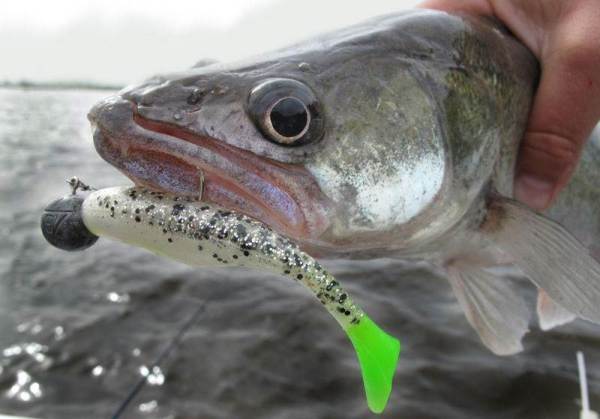
Autumn is the most promising season for zander fishing. And this is due to the fact that in the fall, the behavior of our fish is more predictable. If in the rest of the year he feeds chaotically, then the autumn bite of pike perch can bring a lot of positive emotions with trophy tails.Therefore, jigging for pike perch in the fall is widely popular in any water bodies where it lives.
September
In September, the toothed predator can still be found in those places where it feeds in summer - in the shallows adjacent to the coast and at medium depths with the current. If in the summer fishing for perch was more promising at night, then with the arrival of autumn it began to be caught with the same activity both day and night. Pike perch and bream usually feed in the same areas. Therefore, promising points for catching a toothy in the summer are shown by donochniks. With the arrival of autumn, bottom fishing for white fish is coming to an end, and the water area for the goosefish is increasing significantly. The September bite, which is similar to summer biting, continues until the water temperature drops to 10 ° C.
Video: jigging for walleye in September
October
The period that begins at the end of September and ends at the beginning of November is considered to be zhorom... Night frosts are a sign of zander activity. During this period, it is worth looking for a toothy predator at a depth of three to ten meters. In October, zander in jig can be caught on a wide variety of irregularities of the bottom: edges, dumps, pits and places next to them, single snags and places next to a deaf snag. Jigging for walleye in October can bring in catches like no other month of the year.
Video: zander jig in October
November
Catching walleye in November the jig is not constant. Activity manifests itself in episodes. There is a misconception that zander in late autumn, having prepared for wintering, is caught exclusively in the deepest places of the reservoir. A toothy predator should be looked for 2-3 meters above the depth of the pit, as well as at the base of the pit and its surroundings.
Video: jigging for walleye in November
Where to catch zander on a jig in autumn
The habitats of the predator can change throughout the fall. from sandy shoals to deep holes... However, there are places of the reservoir that need to be fished first of all - these are the entrances and exits of the pits, as well as lonely driftwood and the area near a dense driftwood.
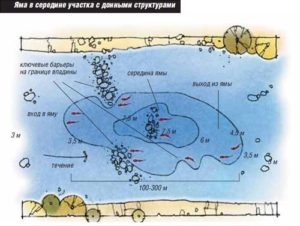
Going to the reservoir, each angler has his own promising places, which have already brought catches. And this way of hunting for walleye is the most progressive, because searches always take a lot of time.
Tackle for zander jig
The requirements for jig zander tackle are the most serious. The specificity of fishing implies the implementation of certain techniques with a rod with certain characteristics. The completeness of the spinning rod for catching zander is standard, but the requirements for its components are special.
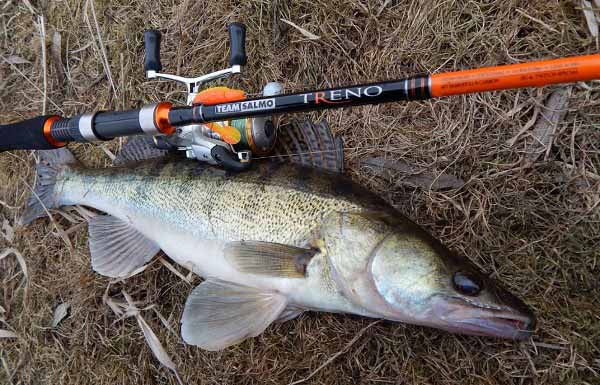
Spinning rod - this is the main and most expensive component of the tackle.
- It should be tough, sensitive and reliable... Carbon rods meet these requirements. The fiberglass versions do not have the desired sensitivity and are therefore not suitable for jigging.
- For quality control of the bait, not only sensitivity is needed, but over the sensitivity of the tackle. Therefore, the action of the rod should only be Fast or Extra Fast.
- Rod length completely depends on the fishing conditions. It has been experimentally established that every 30 cm of rod length increases the casting distance by 5 meters. Therefore, long rods are perfect for coastal fishing - about 3-3.3 meters. If the shores are densely overgrown with vegetation or fishing is carried out from a boat, then the optimal rod length is 2.1 meters.
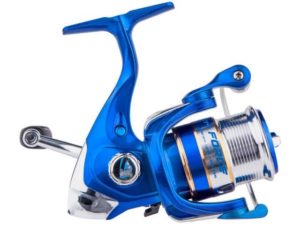
Any spinning tackle requires coilthat will balance the rod. And in jig fishing, this rule is no exception. A standard quality 5: 1 spinning reel is considered the best choice for zander fishing. For catching this predator, the light or ultralight version of the tackle is of little use, but more suitable heavy jig, which is characteristic of the conditions of a river with depths and currents.Therefore, the optimal coil size in most cases will be three-thousander. Today, reels with a graphite spool are rarely produced. The overwhelming majority of this component is produced from an aluminum alloy, which is necessary for the use of braids. Jig fishing in the overwhelming majority of cases involves the use of braid, therefore, the reel must be chosen always with an aluminum spool. In no case should you forget about coil clutch, which must be properly adjusted during fishing.
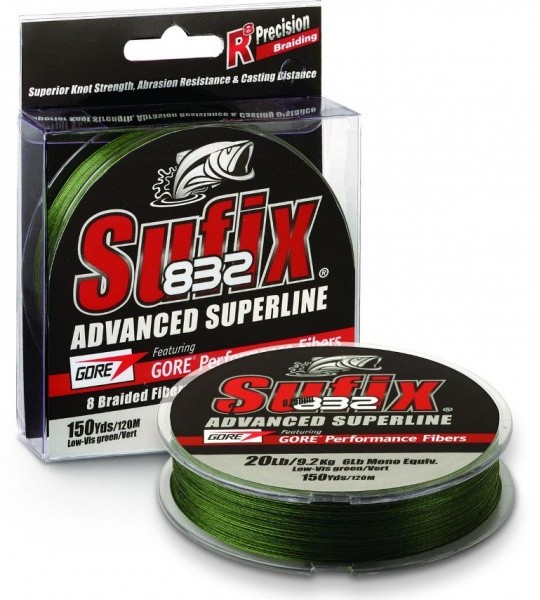
In jig fishing, the reel is equipped with braid... Its inextensibility and strength make the braided line ideal for sensitive fishing. However, even today there are adherents of monofilament fishing line when fishing for zander. This material is several times cheaper than braiding, therefore, in difficult places where a lot of deaf hooks are expected, it is beneficial to fish on the line. Today's manufacturers produce a huge range of braids in a variety of sizes and colors. When fishing at great depths, the color of the braid does not matter, so many use poisonous colors so that even careful bites can be seen by the sag. The optimal size for a zander jig is size 0.12-0.15 mm.
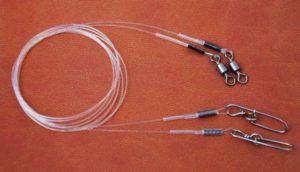
When fishing for zander, it is advisable to use fluorocarbon leash. Zander is a very cautious predator, so the use of steel leads significantly reduces the fishing efficiency. The complete absence of a leash is also unacceptable, since a pike can also be found in the habitats of the toothy in the neighborhood. To make leashes, you need to take fluorocarbon with a diameter of 0.3-0.4 mm. Optimal length leash is size 30-40 cm.
Choosing a jig head and bait for autumn jigging for zander
Today there is a wide range of jig lures for catching tusk predators. There are the following main lures for jigging pike perch in the fall:
- silicone;
- foam rubber;
- spinning spoons.
All of these types of bait have a weight and a bait body. The load and bait can be hinged or fixed. The articulated joint is more mobile, therefore it attracts the predator more with its free play in all planes.
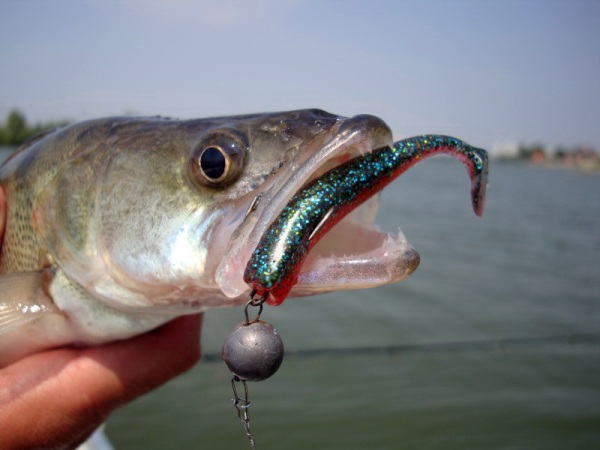
Silicone baits on a toothed predator in the fall they can be mounted on articulated weights of various shapes. As a rule, such lures have two ears, one for attaching the leash, the other for attaching the body of the bait. The most common forms of articulated weights are:
- ball;
- lentils - when the bait is lowered to the bottom, it raises a cloud of dust;
- bullet - used for fishing in tight spots.
A type of fixed connection is jig head mounting. This installation is acceptable when using silicone on zander in the fall. When equipped with a jig head, the fish plays only in the horizontal plane.
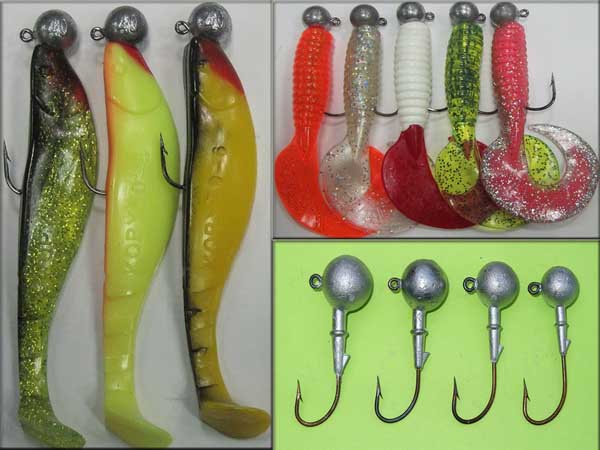
Optimal size of silicone lures for catching zander ranges from 7 to 10 cm. Colour silicone on zander in the fall is not so easy, given the wide range of today's manufacturers. The most popular colors are orange, brown, light green. It is much more useful when rubber for pike perch is saturated with attractants in autumn. The best rubber for zander in the fall is the one that has already been tested and brought catches. Reliable baits are Hite Tide, Bass Assassin, Long John. This is the best silicone for zander in the fall, tested for years.
Foam fish Is an old and forgotten bait that appeared in the middle of the last century. Moreover, this bait is considered exactly goose. In the water, the bait becomes perpendicular to the bottom and releases air bubbles that have accumulated in the foam. When hunting for pike-perch, a foam rubber fish must be available, since in the absence of bites on other baits, it is foam rubber that can bring a positive result.
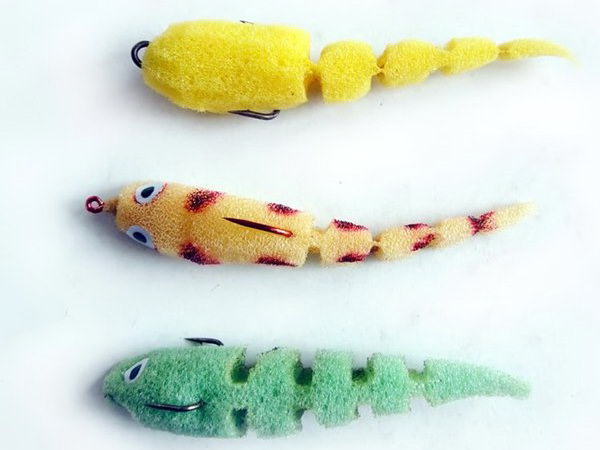
Both foam rubber and silicone fish can be additionally tuned - with a petal, a small silicone twister, glued eyes, a noise chamber.
Spinner when catching a fanged predator it was not so long ago popular, however, with the advent of silicone, the front-loaded turntable moved aside. Despite attracting the attention of the fish by the twist of a rotating petal, the spinner has a significant drawback - it clings to everything that is possible at the bottom.
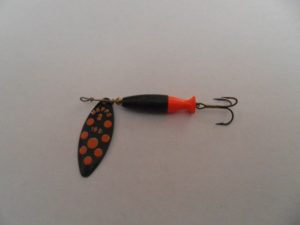
Pike perch prefers narrow-bodied fish, so any bait should be as narrow as possible - silicone, foam fish, and spinner.
Vibrotails when fishing for zander in autumn, they are the most popular and convenient of all the listed types of baits.
Video: tackle and bait for catching zander on a jig from a boat in the fall
Jigging for zander in autumn
How to catch zander in the fall for a jig and what options for posting can you offer him? There is no definite answer to this question, since each spinning player has his own secrets of jigging.
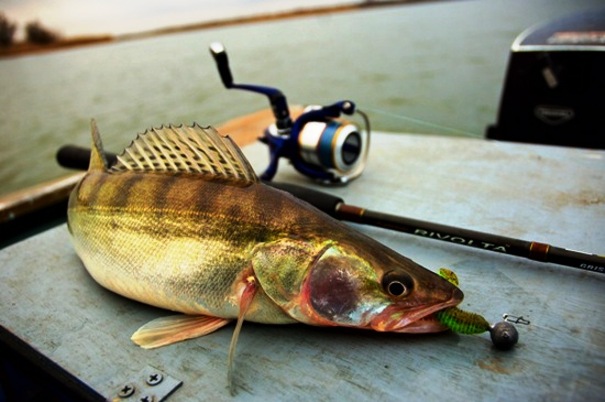
As a rule, any jig fishing begins from standard wiring - two turns and a pause. If it does not bring a positive result, then experiments begin with the pause length and the number of revolutions of the coil. The next step to catching is to slow down the speed of the reel to a subtle spin.
Two more gossip postings that can bring a positive result in case of biting - wiring for demolition and dragging along the bottom.
One of the spinning secrets when catching a toothed predator is a rig with a diverter lead. It allows you to use the bait without a load, which is more interesting for the predator.
Video: technique for catching walleye on a jig from the shore
Features of catching zander on a jig in the fall from the shore, boat and at night
Catching zander with a jig in the fall from the shore sometimes takes a lot of energy - the spinner has to walk more than one kilometer to get around promising places. A jig for pike perch in the fall from the shore sometimes makes demolition wiring very promising.
The boat significantly increases the capabilities of the fisherman, since in this case it is possible to fish at any point in the reservoir. A reliable anchor is an essential attribute of boat fishing. Fishing for zander on a jig in the fall from a boat when fishing on the river makes it possible to reduce to zero the force of the current during the posting, if you make throws along the stream.
Video: catching zander in the fall from a boat to a jig
Considering that zander is a predator, night jigging of zander is very productive. To do this, you need a quality rod with high tactile sensitivity.
An autumn pike-perch for a spinning player is a long-awaited trophy that anglers are waiting for throughout the year. In a matter of tens of minutes, fishing for walleye with a vibrotail in the fall can bring a catch consisting of many tails. In addition, a large trophy specimen can be caught. Taking into account the gastronomic values of pike perch and the special care of this fish, the army of zander storms water bodies in the autumn.

